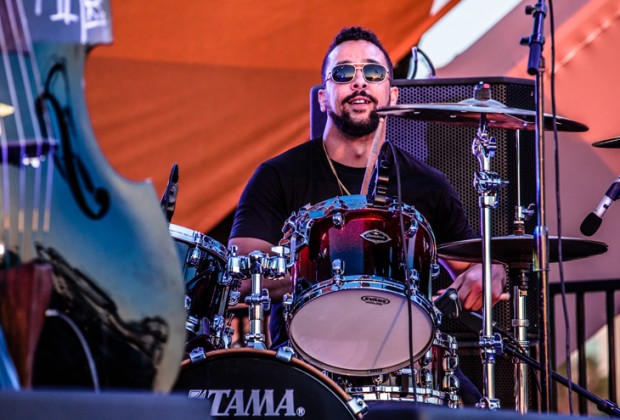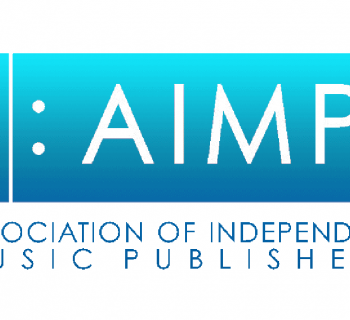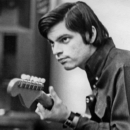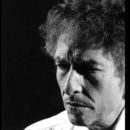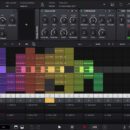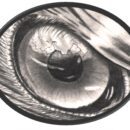When Tony Austin went into the studio in December 2012 to engineer and produce full-length albums by his musical compadres in the powerhouse Los Angeles jazz fusion collective the West Coast Get Down, he had no idea he was taking part in what would become an epic (literally) global phenomenon.
Friends since their teenage years, the veteran drummer and Miles Mosley (acoustic bass) started gigging at The Piano Bar in Hollywood in 2009, and once they asked their other musician pals to sit in, the core ensemble featuring Ronald Bruner, Jr. (drums), Thundercat (electric bass), Brandon Coleman (keys) and Kamasi Washington (sax) began drawing SRO crowds for what grew into a twice weekly residency. Responding to their fans’ growing demand for recordings, they pooled their resources, raised money and set about writing and recording, with the intention of finding a label to sell and distribute their music.
Upon its release on May 5, The Epic—billed as the debut studio album by Washington, who most recently appeared on Kendrick Lamar’s To Pimp a Butterfly—became an instant critical hit, earning raves from, among others, Allmusic, Drowned in Sound, The Guardian, Pitchfork and Variety. In choosing it among their “45 Best Albums of 2015 So Far,” Rolling Stone called the collection “as much about (jazz) tradition as expanding it. It is clearly shaped by crate-digger funk and film scores, hip-hop collage and gospel.” An expansive three discs and 172 minutes of music, The Epic reached No. 5 on the Billboard Jazz Albums Chart.
Though the West Coast Get Down had played the L.A. jazz circuit for years, including the LACMA Summer Jazz Series, the Central Avenue Jazz Festival and the Hollywood & Highland Summer Series, the out- of-the-box success of The Epic led to an extensive Summer/Fall tour of North America, Australia, Japan and Europe. Though Washington is the nominal star attraction, the trademark freewheeling West Coast Get Down aesthetic is in full effect.
“This band is all about the relationship we’ve had with each other since we all met and started playing together in various groups in either elementary school or high school,” says Austin. “That’s over 20 years of great camaraderie. When we got older, we stuck together and were excited to make an impact on a local jazz community that had been ignored a bit. We wanted to show the world that West Coast jazz was still happening. We knew if we stuck together, something great would come out of it. But we weren’t prepared for the attention Kamasi’s album would receive and the gravity of how it would be interpreted.
“We cut a total of eight records during that month in the studio,” he continues. “When it came to Kamasi’s work, I worried the richness of the music and the many sonic elements and instruments would work against its commercial acceptance. But I think people, especially discerning jazz fans, are ready for it. So much music these days is cookie cutter, unemotional and detached from anything genuine. But being genuine is what the West Coast Get Down has always been about.”
Mosley, who also jams with Austin as the rock, pop and soul duo BFI, calls his lifelong musical connection to Austin a gateway to a “telepathic level of performance in a rhythm section that cannot be taught or manufactured.” The two met at 15 when they performed at a multi-school performance to commemorate the opening of the West Coast chapter of the Thelonious Monk Institute.
Discussing West Coast Get Down, the bassist adds, “It is a rare occurrence, maybe once in a generation, that a collection of like-minded individuals are responsible for a shift in the soundscape of a genre. The main challenge we face is determining in what fashion we are going to release all of the music. The Epic is only one small piece of an equally impressive and genre-diverse catalog of music we documented at that time.”
As to what Mosley refers to as the “mind and force” behind The Epic and the other sessions via his visionary drumming, engineering and production skills, Austin is excited about the arsenal of mics he used from the catalog of Burbank-based Mojave audio. These include the MA-301fet on Mosley’s bass amp, the drum set toms and a Hammond B-3 Leslie cabinet; the MA-300 as a stereo room mic for many of the ensemble string and choir sessions; the MA-200 vacuum tube condenser mic and MA-100 condenser mic.
Austin’s touring and recording credits include Lauryn Hill, Carlos Santana, Gwen Stefani, Willow Smith, Robbie Krieger, Terrence Howard, India.Arie and Roy Hargrove, and he has also composed for and appeared on numerous television and film projects. For the past five years, the drummer has travelled to Iraq and Afghanistan, performing double-duty as stage manager and drummer, entertaining U.S. Troops on numerous Army bases.
Growing up in North Hollywood as one of three children to a single mom, Austin considers himself fortunate to have become part of Big Brothers Big Sisters of America at a young age. He attributes his passion for the drums to his Big Brother and mentor, Roger Linn, who revolutionized the world of electronic musical instruments with the first drum machine to use digital samples.
“When I was seven, Roger let me hang out at his gigantic home studio and play and experiment with his equipment,” says Austin. “I practiced drums as much as I could and was producing tracks in grade school! He also bought me my first synthesizer and mini-sequencer and gave me the opportunity to unleash my musical creativity. Technically and musically, everything I do today as an engineer and producer is a tribute to Roger’s influence and guidance in my early life.”

